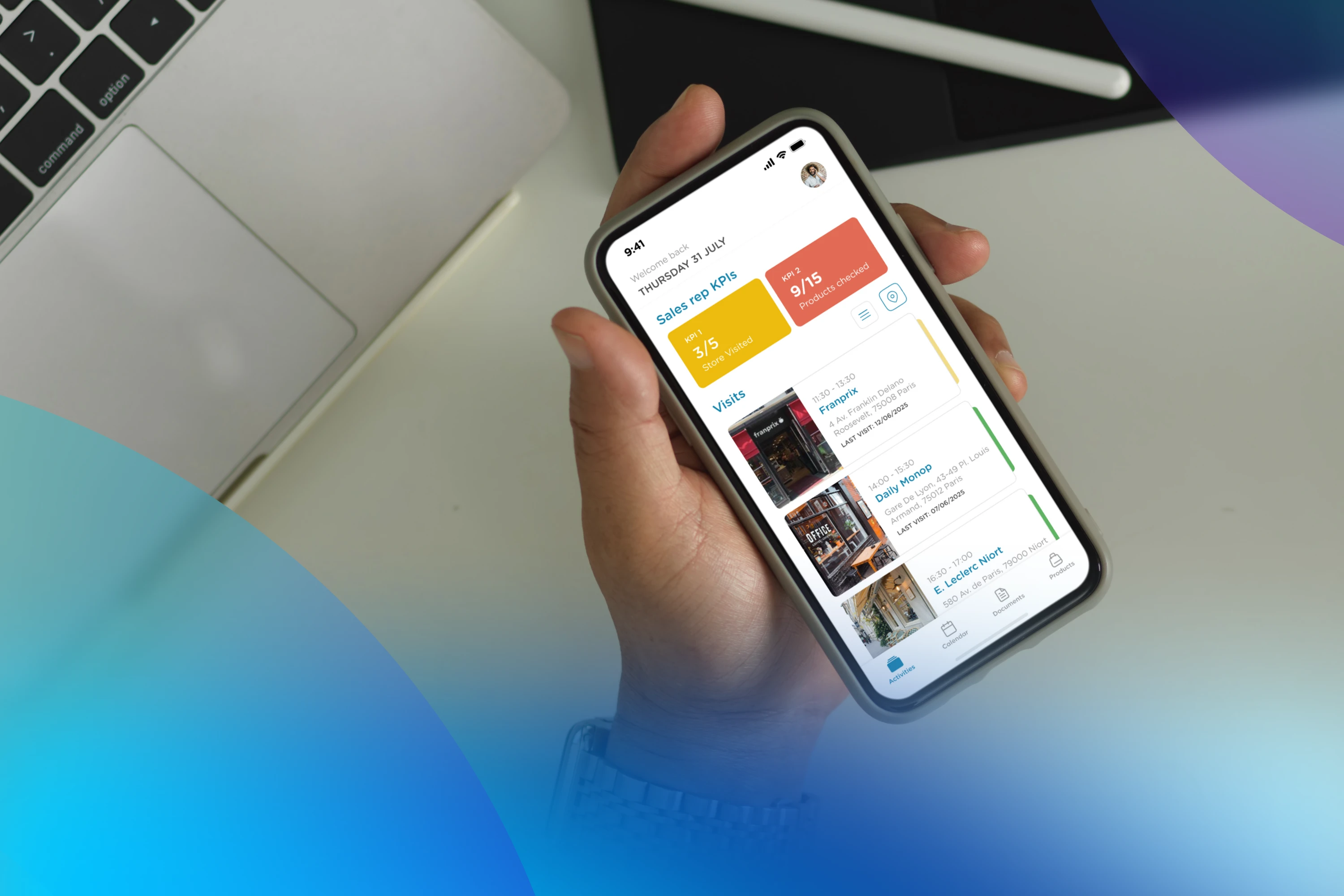Why You Need to Break Away From Those Legacy Systems
Anyone using legacy systems, sooner or later, will have to face it—you may be able to keep that old system going for a little while, but eventually new software and utilities from artificial intelligence mean modernization, often for your business to stay alive.

Why You Need to Break Away From Those Legacy Systems
Anyone using legacy systems, sooner or later, will have to face it—you may be able to keep that old system going for a little while, but eventually new software and utilities from artificial intelligence mean modernization, often for your business to stay alive.


Old Legacy Systems Won't be Around For Long
Change isn’t always easy—that’s human nature. People don’t like moving. Or shopping for new cars. Or even changing phones when the battery just doesn’t keep up.
So companies that are reticent to change their old data systems can be forgiven for being leery. Change means expense. It means training, developing new habits and learning different ways of doing things. It means possibly hiring new people or maybe even purchasing new equipment.
Who can afford all that in this, the year of post pandemic inflation and labor shortages?
But anyone using legacy systems, sooner or later, will have to face it—you may be able to keep that old system going for a little while, but eventually new software and utilities from artificial intelligence mean modernization, often for your business to stay alive.
That old system a business may be using poses several limitations, such as a lack of compatibility with new solutions. That hinders existing equipment integration and can take away a business’ competitive edge.

The High Costs of Legacy Systems
Holding onto a legacy system can also result in higher business costs. If you’re using an outdated system, eventually you will notice inefficiencies and much lower productivity–that affects profits, especially if you must find someone who knows how to operate that system’s software language.
When it comes to commercial data, the biggest challenge with legacy systems is whether they can provide all the necessary data inside with the needed frequency and transparency.
It’s why whenever we can, we try to help our customers with the understanding of the data flow. It’s more how you enable available information to be helpful on the side of the data fulfillment.
Your technical environment, unfortunately, dictates what type of steps you can enable right now, and this is where it comes to data maturity and strategy in the organization.
A legacy system’s inflexibility will eventually become a problem as well. That inflexibility will pose a big challenge when a business becomes ambitious and wants to expand. Any business that cannot meet evolving market demands and take advantage of business opportunities risks failure.
With most of the technologies present on the market right now–especially on data side–companies are forced to use very modern technology because the very nature of their business idea is transactional data flow with huge amounts of information.
All the modern-day technology ideas are born in this field with companies being mostly technical from the beginning. Keeping up is essential for the business’ financial well-being.

Benefits of Modernization
Modernization can bring numerous benefits to any corporation or group. It keeps software compliant with security updates and protects from potential security threats. Organizations that modernize have a more enhanced agility because they now have more capabilities that could not be reached because of legacy technology issues.
Those that choose to modernize also see an improvement in productivity through streamlined processes, reduced downtimes and more modern automation.
All this means cost savings, because manual work can be minimized when the system operates more smoothly.

What a Dairy Farm can Teach Us
But there’s also the human factor. I know it’s not always easy to change. The best way to understand this is through an agricultural business, whose owners fear change. They have a dairy farm and have for decades. They love their cows, they feed those cows properly and take care of them. They know what and how much to feed their cows and how to increase milk production.
Are they interested in becoming a software company? Absolutely not.
These are companies that do not want to have to create an IT department with a staff that are doing smart analysis, incorporating technology that they do not understand. They want their cows to produce milk that they can sell, that’s it.
But the problem is that the dairy farm has started using information technology. That company has already begun using artificial intelligence and has already seen their numbers rise within the first year of modernizing. It’s competition that the dairy farm not modernizing go out of business. And that’s the problem.
That farm probably has someone working there that has been there for 20 or 30 years and does not see the need, probably because he thinks he’s only going to be there for another five years or so anyway. But what happens in another 10 years? Or 20?
Dairy farm. Oil and gas. Information technology. No matter what the industry, keep up or get left behind.
-fm-converted.webp)




